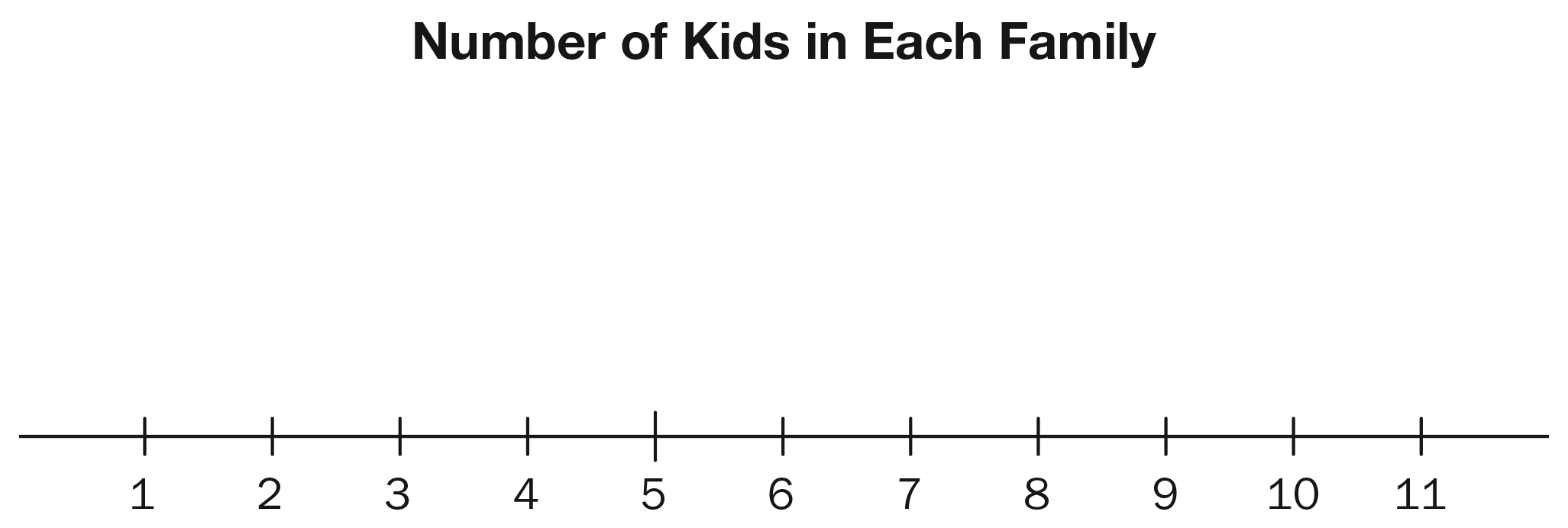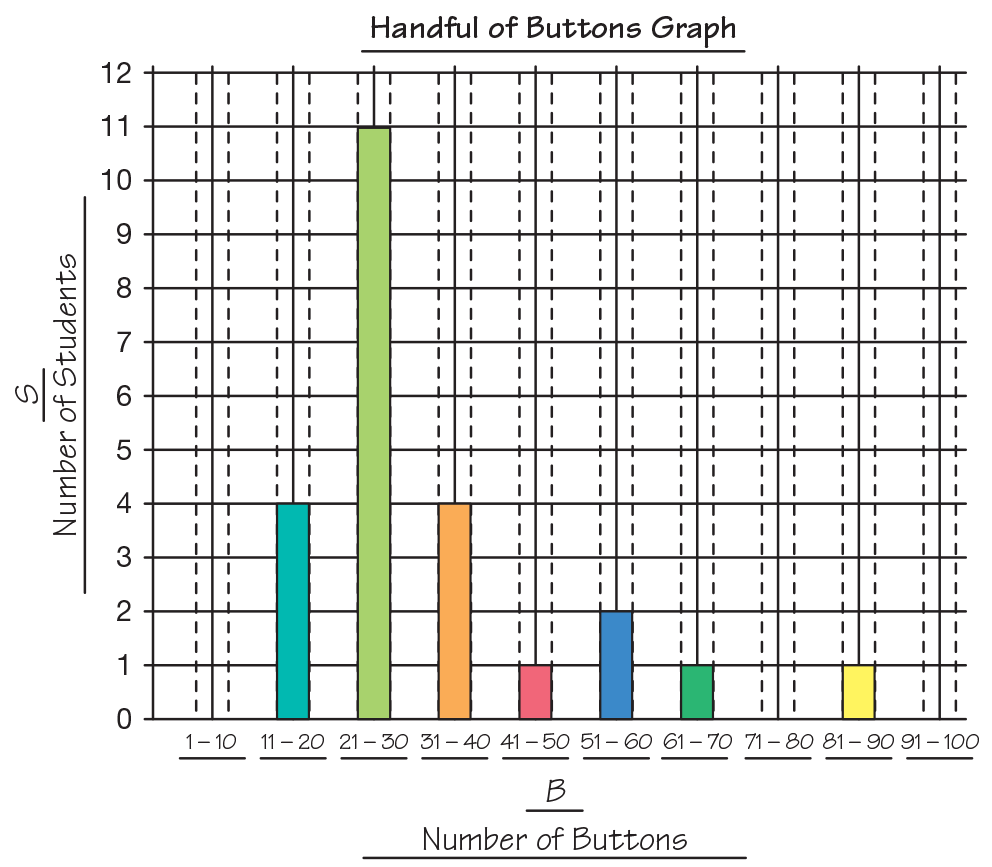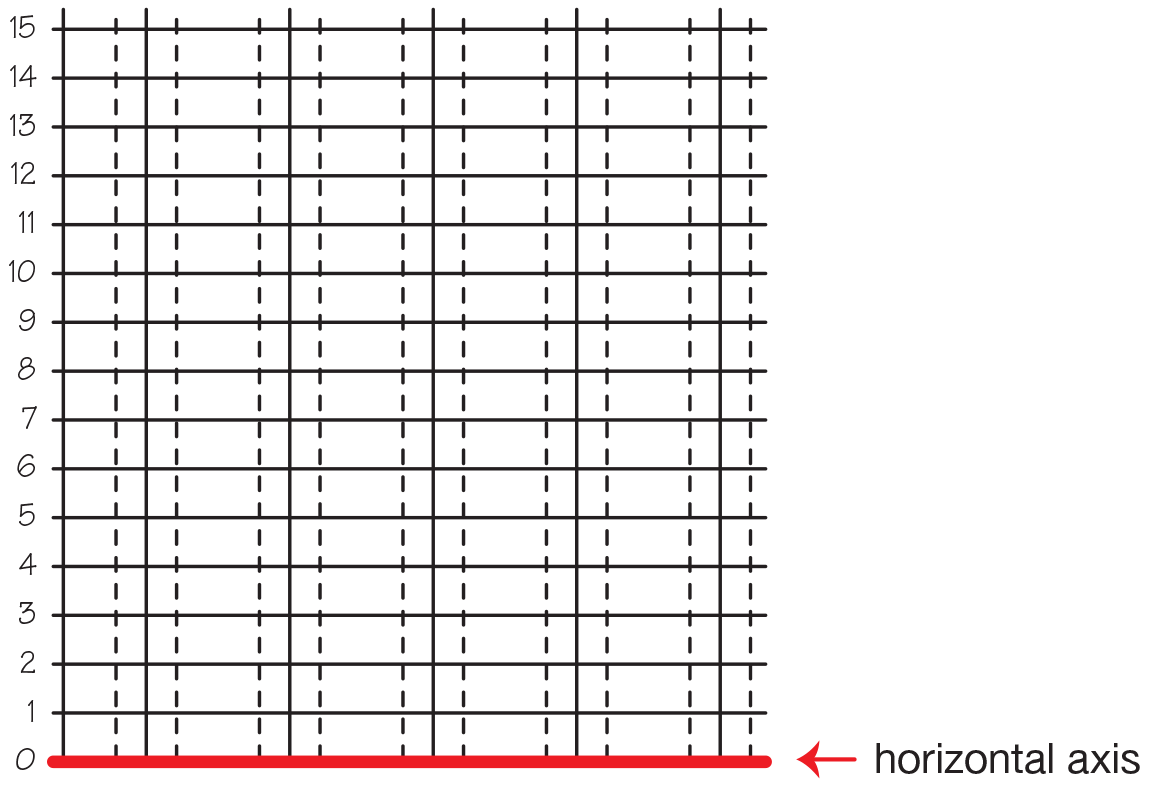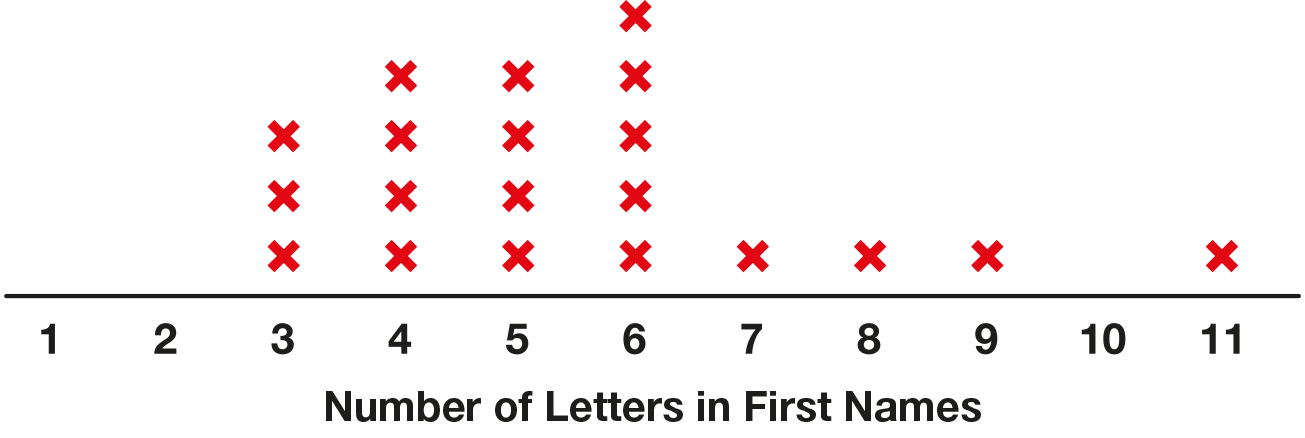In the Adventure Book story, Armadillo Families, Professor Robinson and his daughter Betty study the number of pups in armadillo families in the Brazilian rain forest, setting the context for students to survey their classmates about the number of children in the families of students in their class. Students then analyze their survey data represented in a line plot and bar graph.
Content in this Lesson
- Making a table, bar graph, or line plot to find information about a data
set [E5]. - Reading a table, bar graph, and line plot to find information about a data
set [E6]. - Making predictions and generalizations using patterns in tables and
graphs [E7].
Daily Practice and Problems A–D
Assessment in this Lesson
| ASSESSMENT | EXPECTATION ASSESSED |
|---|---|
|
Comparing Graphs Student Activity Book Pages 787–789 |
|




















